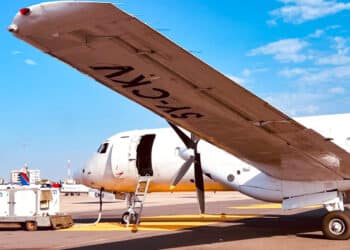Done deal: FedEx orders 50 767 freighters

As we reported last week when news broke that a big order might be in the cards, we believe that FedEx had already proposed the purchase of fifty more 767-300s last year, but could not reach agreement with Boeing on price. To some extent, therefore, the announcement of the firm order comes as no surprise – FedEx executives have repeatedly praised 767-300Fs contribution to profitability, Boeing is in business to sell aircraft, so there was a certain inevitability about an eventual order.
But still, it’s not everyday that we can report an order for fifty freighters.

That the size and capacity of the fleet will be almost unchanged over the next seven years is interesting, in that it appears to imply that FedEx does not see significant growth in express demand. Obviously, if demand does pick up, FedEx can postpone retirements, exercise some of the fifty 767 options, or order more freighters of other types. But, in its currently announced long-range fleet forecast, FedEx appears to be preparing for a relatively stagnant express market.



